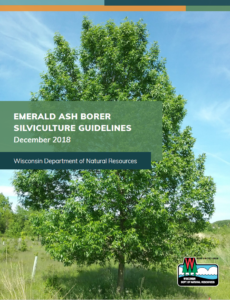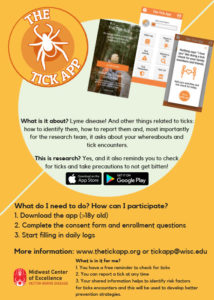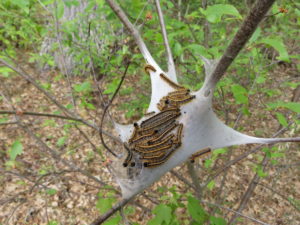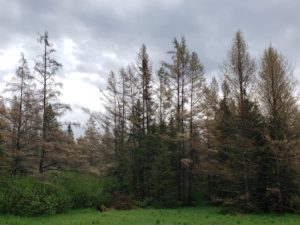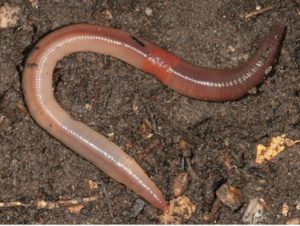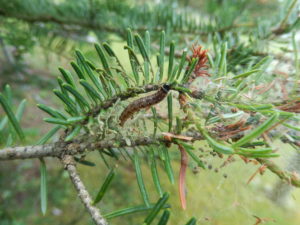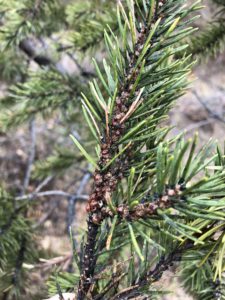Linda Williams, forest health specialist, Woodruff, Linda.Williams@wisconsin.gov, 920-360-0665
Basswood trees in Forest, Marinette and Oconto counties are looking very poor this year. The leaves are damaged, misshapen or completely missing. Several things seem to be happening, but the worst offenders seem to be a late frost/freeze and a suspected infestation by introduced basswood thrips.
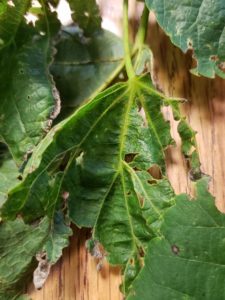
Evidence of suspected basswood thrips infestation in early spring.
Continue reading “Basswood leaves defoliated and trees looking thin”

